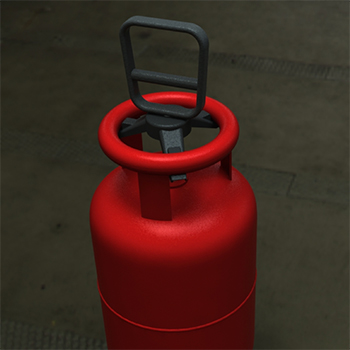E V Future was established in 2007, in the international township of Auroville, located in the South Eastern state of Tamil Nadu, India. Auroville is well known throughout India and the world for its extensive research in the fields of renewable energy and other green initiatives. E V Future’s primary focus is on designing electric eco-friendly 2-wheeler solutions primarily for the Indian market and its existing road conditions. E V Future is the brain child of two young and dynamic Aurovilians, Aurosukrit and Akash Heimlich, who over the years have been actively involved in innovation and research into alternative energy and transportation. Over the past 2 years, E V Future has developed a prototype electric two-wheeler which is unique to all other electric two-wheelers available in the Indian market – the Hum-V, a rugged multi-purpose utility "moped". Over 15 prototype versions of the Hum-V have been successfully tested over the past year within Auroville. Over this period, every vehicle delivered was modified and improved upon based on customer feedback.




